On 17 September 2020, the city of Basel (Switzerland) hosted the exhibition « Lingering Body Art Exhibition » by Chinese artist Yishan at the G. Krist Gallery.
The Beijing exhibition
The opening day in Basel coincided with the closing of the exhibition at the Yindi Art Museum in Beijing. The critic Jia Fangzhou was the academic host of the exhibition in the Chinese capital. Jia Tingfeng, president of 798 Taihe Art Space was the curator. There were 23 works by Yishan, named « winding body », part of his creations in recent years.
This exhibition was an exploration based on calligraphy and characters while using digital painting techniques.
Yingdi’s art space president, Jia Tingfeng explained that these were paintings created on an electronic screen. We use software, an electronic pen, a keyboard and a mouse. The paint comes out with high definition micro-jets. Yishan took inspiration from traditional Chinese calligraphy and used digital techniques.
According to art critic Jia Fangzhou, electronic painting technology uses a stylized treatment of calligraphy, the « intricate body ». This creates a visual effect of distortion, entanglement, connection and inseparability.
Artist Yishan
Yishan is a contemporary Chinese artist. His work is dedicated to the exploration of the abstraction of Chinese ink painting, digital painting and research on space art.
He is a consultant to the Sichuan Sculpture Association and has won numerous awards in recent years. He holds the Contemporary Ink and Wash Innovation Award at the 2nd Asian Art Festival in New York. He also received the « Best Artist Award » from the International Artist in Ulaanbaatar. Thanks to his works presented at the second International Biennale of Contemporary Art in Argentina, he is part of the Nomination Award for the 3rd International Biennale of Contemporary Artists in Argentina. His fame is faded by the presentation of his works at the second Argentinian Biennale, the Exhibition of the United Nations Headquarters, the French Salon of the Grand Palais and the 57th Venice Biennale of Art.
Yishan’s ink paintings are a mix of digital and traditional Chinese art. He is committed to using ink to explain his understanding of contemporary art. The language of ink explains its understanding of contemporary art in a post-modern context.
They integrate Chinese traditional art and digital art because he is committed to using the language of ink to explain his understanding of contemporary art in a post-modern context.
According to curator Gui Lin, « Yishan’s work contains the spirit of brotherhood, in the hope of solving the world confrontation and expressing his concern for life. »
The origins of the exhibition
For more than 40 years, traditional Chinese calligraphy has been at the center of Yishan’s work. The natural choice and composition of written characters form the basis of the unique artistic language that emerges. His creations include ancient inscriptions, the history of calligraphy, the sound of gold and stone, the spirit of life contained in the rhythm of the characters’ lines.
The use of digital allows you to navigate a multidimensional space, adding a surprising technological effect. This experience is built to unfamiliarize yourself with the traditional image. It deconstructs and reorganizes the features while integrating colors.
In Yishan’s view, the corresponding relationship between artists and the times in which they live is very important. Whatever their civilization, agricultural or industrial, human beings have their own artistic creations. Creating an art of post-industrial civilization has become the center of its thinking since the beginning of the digital age.
From Painting to Digital
Western artistic styles can be found through works by Chinese artists since the end of the 19th century. They characterize heroic artistic practices and the opening of a new path of ink painting.
Laurent Parent, art critic and curator of the Louvre, considers signs and ideograms to be the foundations of calligraphy. They become living, moving forms, carrying a powerful emotional load.
« Calligraphy is in one gesture, the ephemeral representation of beauty, spirituality, poetry of semantics and choreography of movement ». In China, it is considered an artistic form par excellence. The signs and ideograms are inspired by the elements of nature. They turn into living, moving forms, carrying a powerful emotional load. Yishan invents an innovative practice of calligraphy while following tradition. He reinvents the technical gesture despite the disappearance of the purity of the brush’s path, but his explorations gave « more body, life and emotional intensity to the written signs ».
Digital technology
In the series of works « winding body », the symbols of calligraphy became « curved shapes ». Yishan explores all aspects of the world and the constant fluctuations of the universe. His work on calligraphic symbols led to the overlap and entanglement of successive layers of paint, thanks to the techniques of digital painting. The ink appears almost liquid on paper and in rough forms such as streams or branches.
Every line, every calligraphy curve, every point in the paper medium produce new images and new symbols. The complexity of the painting layer and the tangled shape and color give people the feeling that the material is trapped in the chains of history and tradition, but also free from all restrictions. The brush is useless to show how much words are alive in our eyes. The movement of characters reflects the power of emotion and love, universal beyond culture and civilization.
« Lingering Body Art Exhibition in Basel »
Yishan exhibits her works in Basel, in the form of digital paintings comprising 3 parts: ink painting, love and geometry. Basel is the capital of contemporary art. It is also the city that has housed Art Basel since 2017. The latter had chosen Buenos Aires as a partner city.
A few words on Art Basel and the Argentine Biennial
Art Basel, a well-known contemporary art fair and a worldwide brand, launched a one-week program in November 2017. Museums directors, curators, art critics and international collectors were able to gather around events. Workshop visits, vernissages, talks and workshops were linked to this. Nearly 35,000 people were able to discover this first edition in about 20 local venues, museums and galleries.
Buenos Aires, the capital of Argentina, has a rich cultural heritage. The presence of bookshops, theaters, theaters and museums. Thanks to this, Art Basel has chosen Buenos Aires as its first partner city, the bridge in Latin America. The first edition of the biennial was held in 2017 in 16 countries and 32 cities. Artists from any country can attend with its international visibility. Yishan participated in the second edition in 2019 and the Nomination Award for the 3rd edition.
The opening of the exhibition
The opening of the exhibition began with an exchange and discussion of Chinese and Western art through time and space, based on the « winding bodies » of artist Yishan. It was attended by Ms. Xu Yang and Mr. Hugo, Head of Culture and Art of the Meyrin Municipal Government in Geneva (Switzerland). The latter, also an artist and architect, gave the first speech. He echoed the definition of calligraphy and described what it represents in one gesture. He also talked about Yishan’s art.
« While following this tradition, artist Yishan has reshaped the technique. He brought us into a completely innovative calligraphy practice. His exploration of abstract art and creation through the use of digital painting can eliminate the purity of brushstrokes, but give writing more body, life and emotional intensity. » he said.
Other Stakeholders
Lauren Bargen, head of the collections of the Louvre Museum and the military museum in France, pointed out that the integration of Chinese writing techniques and Western languages is particularly evident in Yishan’s works. Therefore, the French word « love » or the English word « love » are reinterpreted from the point of view of calligraphy.
Mr. Gui Lin, French director of the China International Culture and Art Center of the European Union and curator of the Basel art exhibition, added « that a large number of modern Chinese have courageously grafted and integrated Western artistic styles and have embarked on a new path of ink and lavis. I think Yishan’s ink painting combines ink art with contemporary digital art.
At the opening ceremony, the performance of a Western artist’s solo violin and dance by an Asian ballerina showed the public a richer and more diversified artistic fusion over the barriers of language.
Share this content:















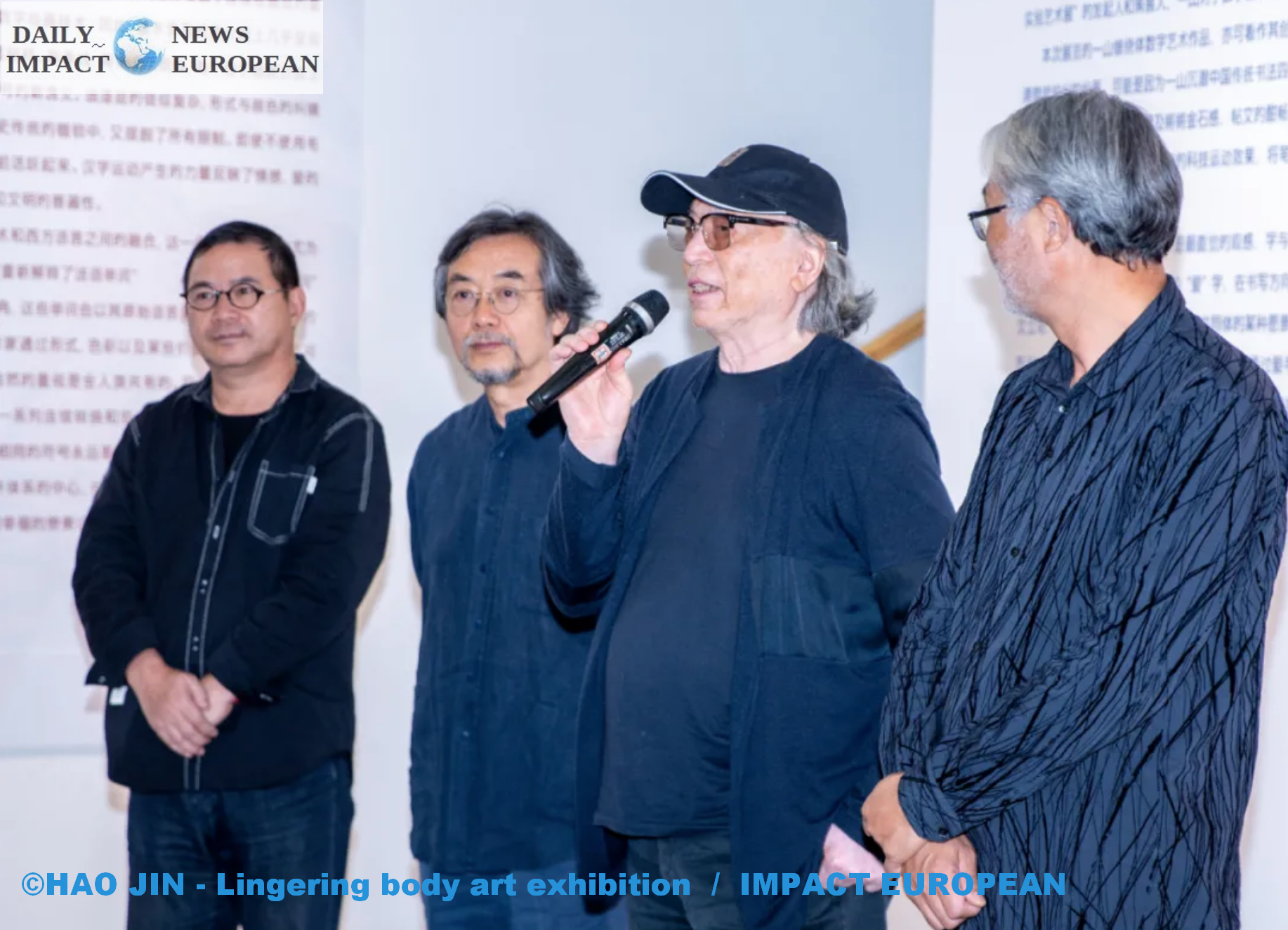
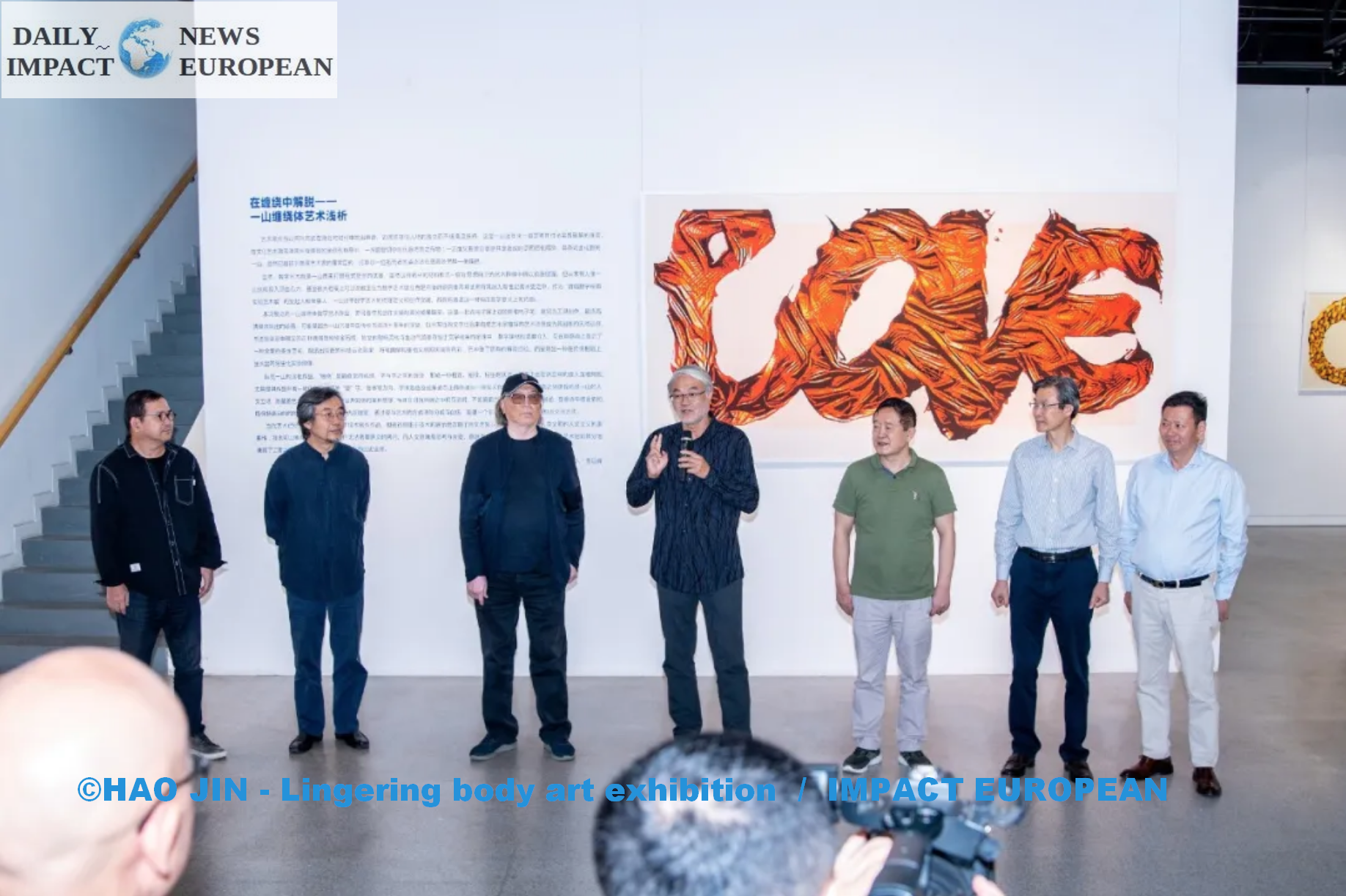
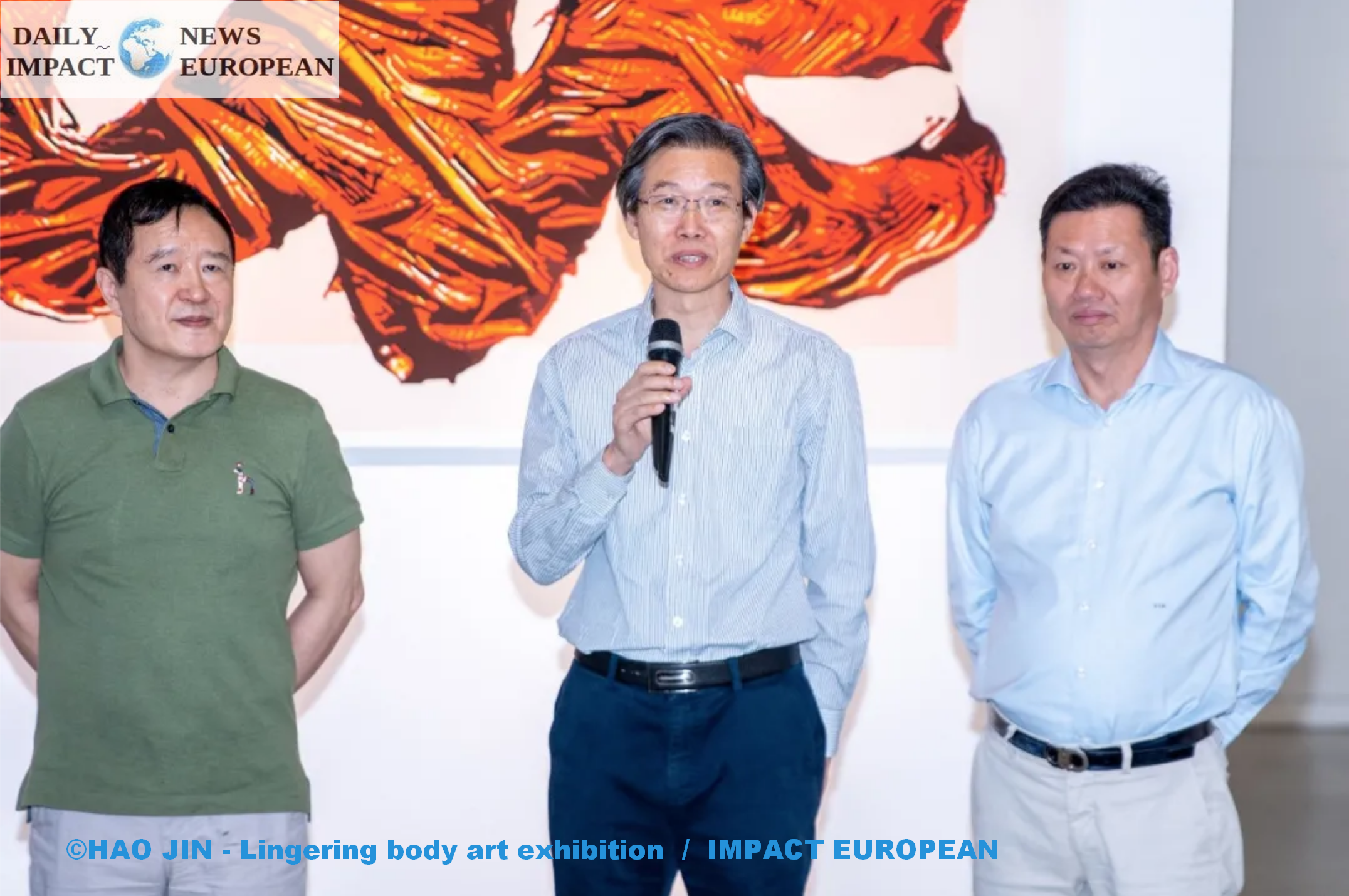
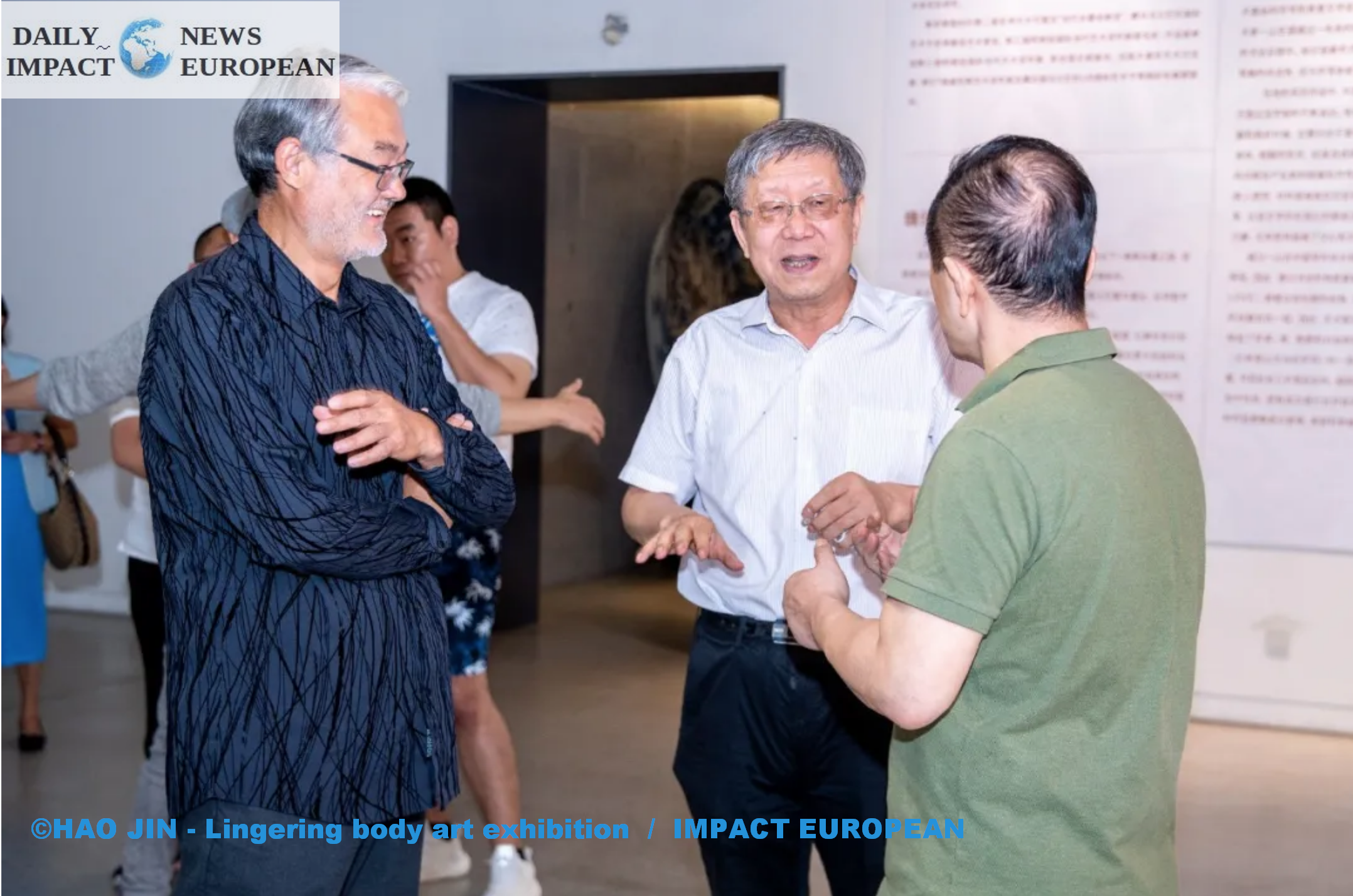
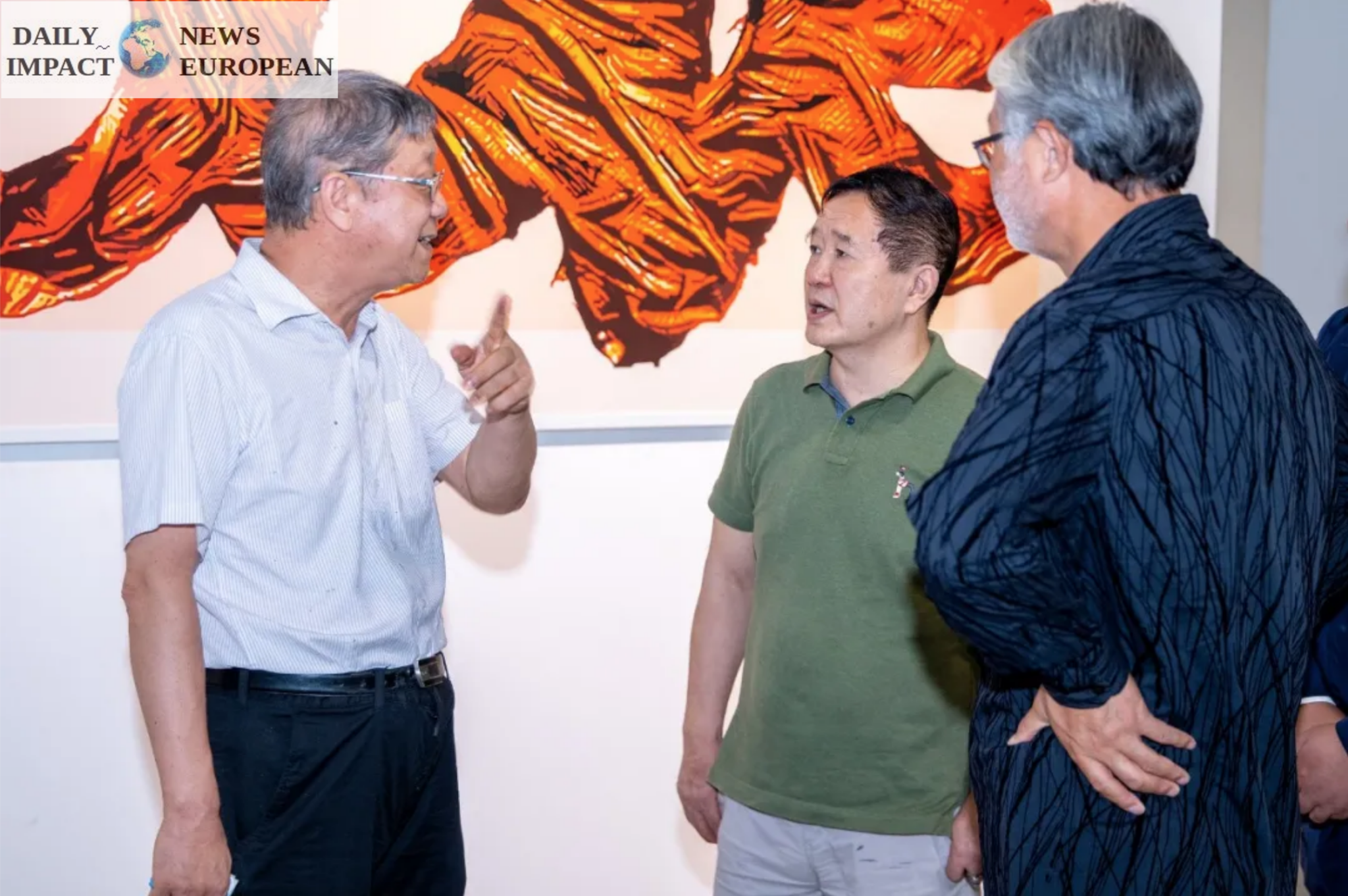
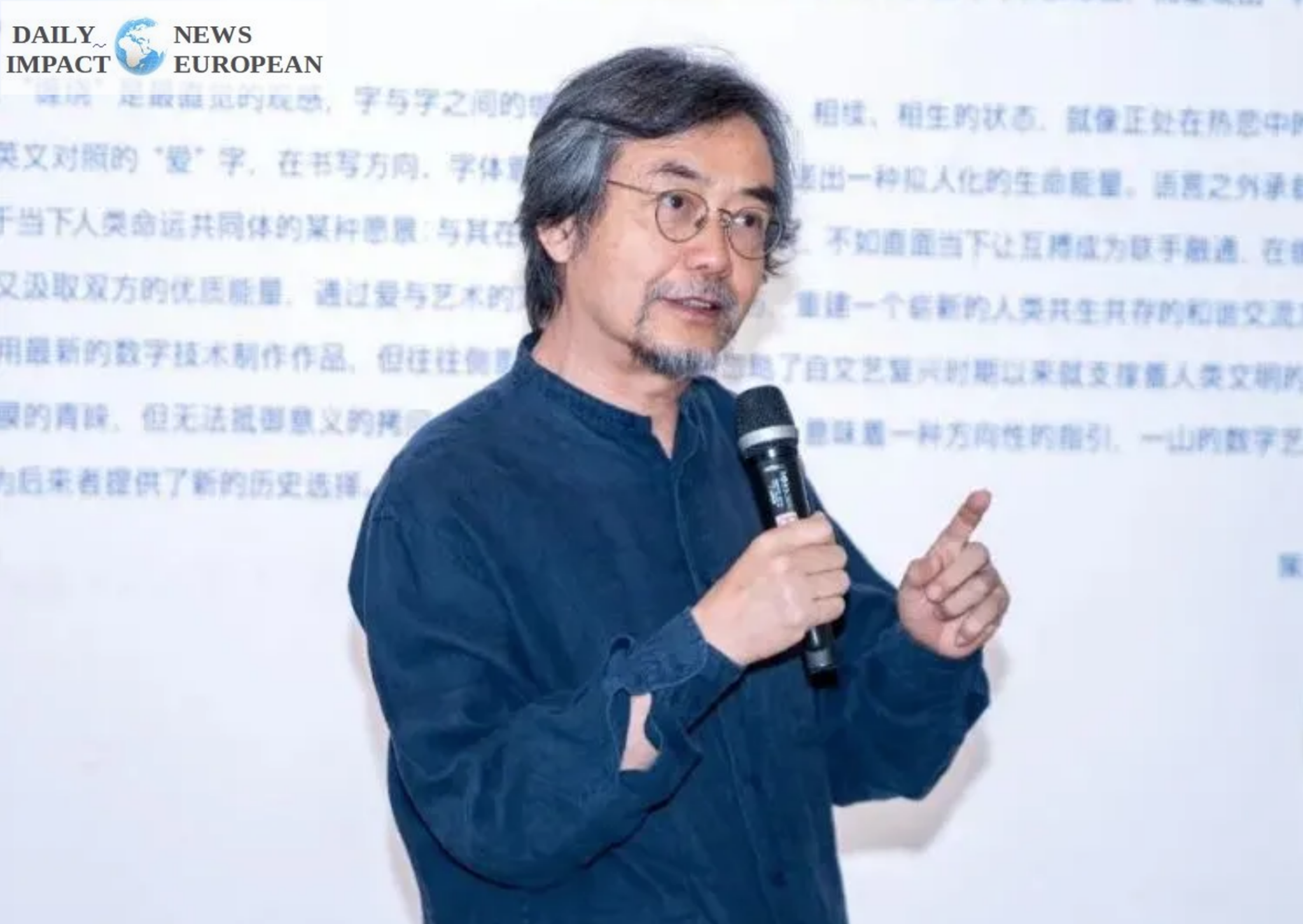
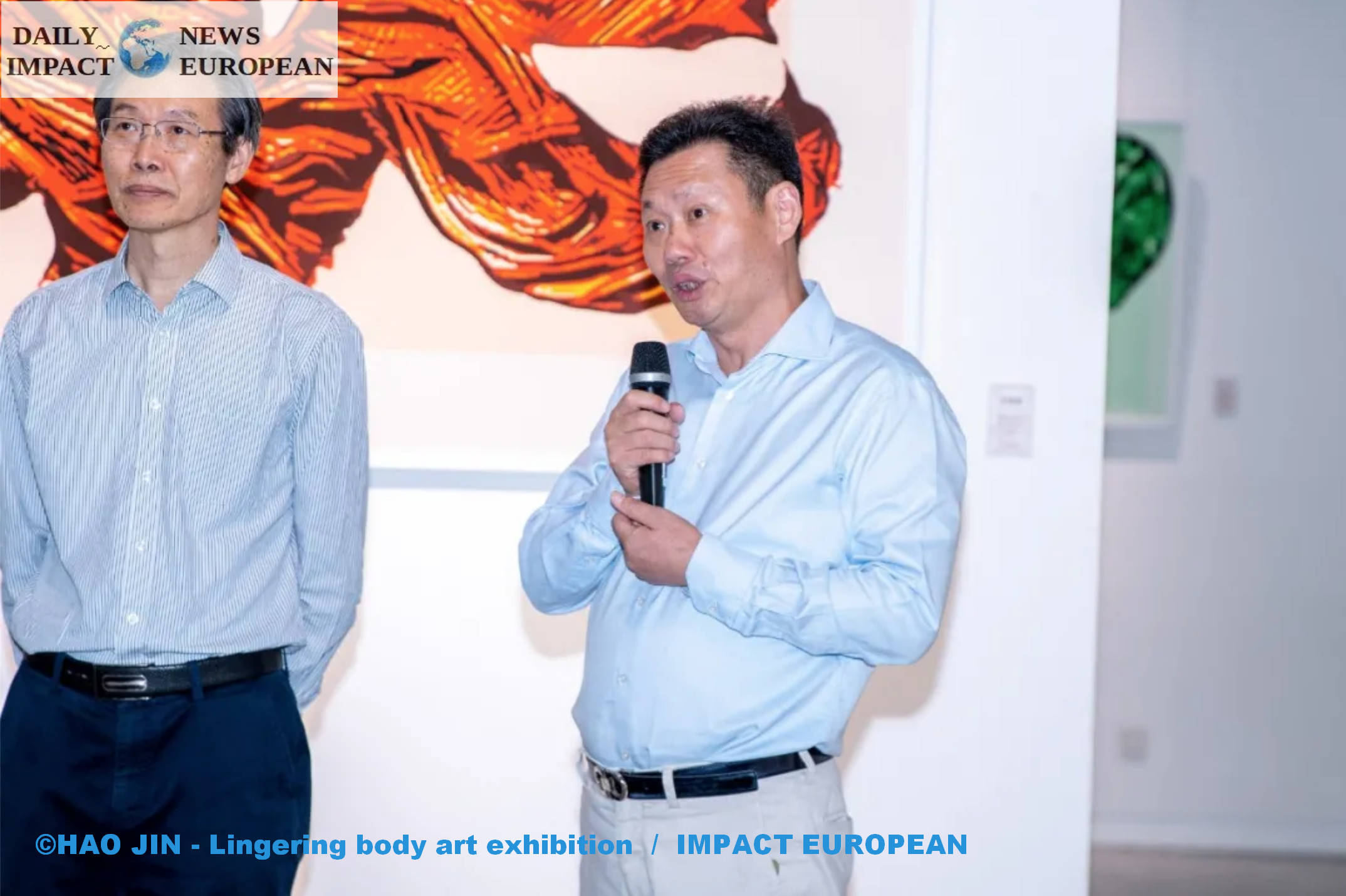
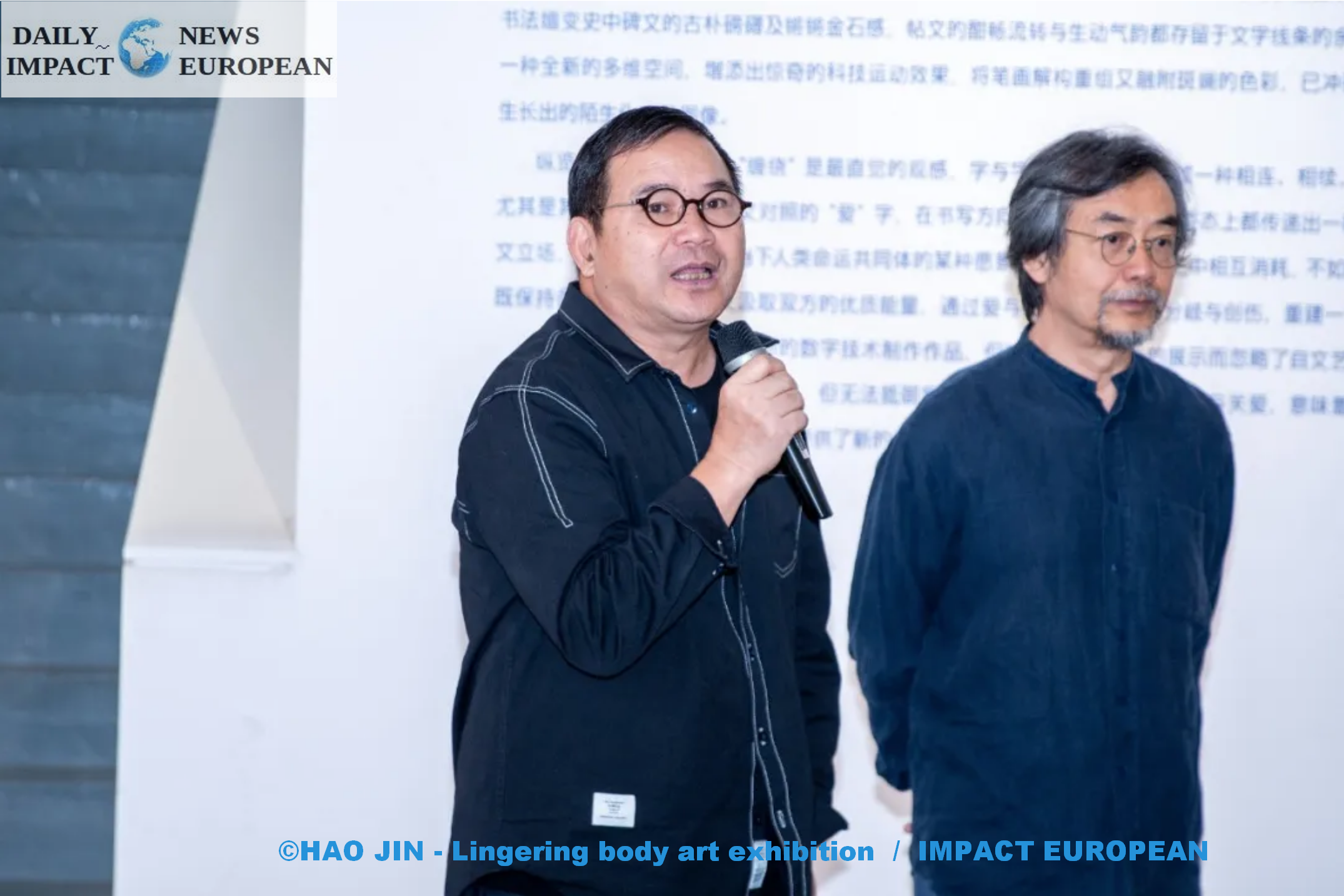
Plus d'histoires
Embraer, Portugal and the A-29N Super Tucano: An Industrial, Political and Geostrategic Turning Point for Europe and NATO
Private Health Schools Under Scrutiny: Council of State Sides with the French Order of Physiotherapists
Dordogne: Mayor Excluded for Antisemitism Avoids Trial, LICRA Reacts